Beware, this is a long story. This is the tale of a known place discovered again, explored and enjoyed in new ways. I’m flying today to Lapland and Varanger, for two weeks of birding and photography. Talk to you soon!
I discovered Suomenoja when I was still a student in Helsinki, three years ago. I actually do not remember how I came to know about this pond, but I was amazed by the quantity of birds, and the proximity with the exciting Horned grebe (Podiceps auritus). I was so enthusiastic I wrote a “Focus” article about this species… before you click here, be warned: I was a very early beginner at bird photography, so the photos you will see there are, well… not up to the standards I keep nowadays, let’s say.
I went again last spring, but only once: it’s a bit far from where I live (1 hour, bus or bike). In addition, I wasn’t very comfortable with the shooting method I should employ. You see, in bird photography, eye-level shooting is often primordial, to ensure connection between subject and viewer. Problem: all the target birds in Suomenoja (grebes and ducks, essentially) are waterfowl, so they glide on water, and unfortunately, water is often at a lower level than ground. There’s no way to shoot standing: one should go on their belly, close to the water’s edge, but even that’s not enough. The ideal, and that’s something I’ve dreamt about, is a floating hide, to go into the pond and have the camera just above the surface. I’m not equipped for that (yet), so the shore would have to be.

I came home with two interesting shots, but also the feeling that there was more to this place than what I got that day.

Alas, I didn’t make much effort to go again, and returned only a month ago. Of course, I was eager to see the Horned grebes again, but Gadwall (Mareca strepera) and Shoveler (Spatula clypeata) were also on my list!
It played out very nicely. I woke up at 2.40 and took a bus to the city center to then hop on another bus to Espoo… in Kamppi, I realized that this latter bus was actually the last “evening” bus, for there was then a gap of an hour before the first “morning” bus. That’s how I ended up surrounded by revelers going home after their parties in Helsinki. Luckily they behaved well and weren’t too wild, so the ride was uneventful.
If I was up that early, it’s because I wanted to be in Suomenoja for sunrise… it was a foggy morning, so I didn’t see the sun before 11, after I got back home. Oh well… but I saw birds! Namely, a few Horned grebes showed very well and came close to check me up.


After that morning, I was so hooked up I decided I would go back. And I did, 8 times over the course of a single month: 4 times for sunrise, 4 times for sunset. Finland has been experiencing an unexpected but welcome spell of warm weather, with peak temperature above 25ºC and almost continuous sunlight, and I have been enjoying it.

My second visit this spring was for sunset. I used the spot I had favoured a few days before, but the trees behind me cast a shadow over most of they area I could cover. I decided to search for another location, but not before I captured this bellicose Common goldeneye (Bucephala clangula): he was guarding the area against all intruders, other goldeneye males but also birds from different species, like Common pochards (Aythya ferina). Whenever someone he didn’t like showed up, he would half-fly half-swim to them in a flurry of feathers and a bubbly sound, and all would leave, fearing his wrath. He was the bully of the pond that evening.
When searching for a spot better adapted to sunset light, I faced difficulties: I needed a low bank, to be at eye-level, but with some room to lay down. I addition, I needed a clear view range, without vegetation in the way. Finally, it would have been better if it had been a bit far from the path, for many people visit Suomenoja (the reserve is sometimes called the “bird market”, because of the many species that can easily be observed) and the risk of disturbance is therefore quite high. Oh, and the spot had to be at least a bit comfortable, for me to stay an hour or two on my belly, and not too precarious (I don’t want to fall to the water with all my camera gear). It wasn’t easy.

Below is a map of my favourite hiding points: in blue, sunrise; in orange, sunset.
I noticed a couple of places to try, but it was already getting late and light was fading. I focused on silhouettes, with the sunset light reverberating on the clouds, creating a bright orange reflection in the water. This pair of Black-headed gulls (Chroicocephalus ridibundus) rested on a submerged log, preening, bathing, and shouting (that’s a gull’s life).

I had fun placing them just right in the frame, so that their outlines wouldn’t collide with the dark areas but show up nicely against the orange canvas. Bonus point for the individual on the left actually doing something else than standing, bad point for the one on the right not showing its beak correctly (below).

Then I was up early again, for a very misty morning.




I tried my new sunset places a few days later. The ducks glowed in beautiful golden light, with reflections from the water creating patterns on their faces. By going low very slowly on the edge of the pond, I managed not to scare away a pair of gadwalls, which then gave a stunning show, going in and out of the reeds as they fed… until a careless photographer came closer; then they left me. That’s a risk shooting in such a popular place. On the other hand, I don’t have a car, so my possibilities are restricted.


I moved a bit, and managed a picture of a Common pochard, a bird that usually stays just a little bit too far from the water’s edge. This species, named Bird of the Year by BirdLife Suomi in 2018, has seen its Finnish population decline by 80% in the last 20 years. Once a common duck, habitat destruction has brought it down… like it has for too many species around the world.
It’s not too late to act, though, and that’s why Birdlife Finland has named it Bird of the Year: to bring the spotlight on it and improve our knowledge, in order to help it.
Let’s hope it works.


Black-headed gulls had started to nest, but they were still very active, hunting on the water.


When I visited Suomenoja again, two weeks later, a nice surprise awaited me: the first ducklings of the year were out, and they were Goldeneyes! What a joy it was to see them discover there surroundings, under close supervision from their mom.


The best moment happened when one, them two of them climbed on their mom’s back for a little ride: so cute!


It renewed my motivation, so I was back again two days later. Unfortunately, the numerous family kept to another part of the reserve, but another goldeneye female was diving close to the shore stretch I had chosen. I noticed that a male was nearby, but he was not as protective as in the weeks before.

Light was perfect again, but something had changed in the past two weeks: green had come to the trees and reeds. That really struck me, because the reflections were a pale yellow before, but then all wasgreen. Definitely a welcome change of mood, and in the evening light the rich hues looked terrific.

I managed to capture a couple more surface ducks as they cruised by.


I also would like to present you a furry inhabitant of the ponds: the Musk rat (Ondatra zibethicus). An invasive species, introduced for fur breeding like the Coypu, it’s nonetheless a very cute bugger that speeds back and forth along the shore, diving to get into its hidden burrow’s entrance.

Back to morning hours last weekend, with two back-to-back outings for sunrise. Unfortunately the sun was a bit veiled until late in the morning, so I didn’t enjoy such quality light as in the past evenings, but I had some good photo opportunities: first, a pair of Mute swans (Cygnus olor) spent an hour just in front of me, resting, preening, washing and feeding in the shallows.



It was not a restful morning for them, though, because the gulls were pretty aggressive and bullied them whenever they found them too close to their nests, airdiving onto the swans then dodging at the last moment, squeaking loud until the swans backed away. The latter remained poised and composed at all time, regal as only swans can be.
My great discovery was the singing patch of a familiar Sedge warbler (Acrocephalus schoenobaenus). The bird just kept singing, flying from a tree, to the reeds, to another tree, then repeated this loop times and again. Inspired by Ray Hennessy‘s photography, I composed a few backlit shots, trying to have the sun draw the outline of the bird. Given the habitat, it’s a struggle to have a clean shot of a Sedge warbler, but a busier picture like this one has the benefit of showing the conditions of observations in a better fashion.
Light was already too strong when a Horned grebe showed up, but I couldn’t resist making a few pictures. I tried to manage colours as I could, not overdoing them but still pushing them up from their original washed-up look.


The last morning was not a very productive one, mainly because of the “muddy” early light. Still, I saw the warbler again, and in the birch trees, a Common rosefinch (Carpodacus erythrinus) sung his Nice tou meet youou! song 😀



Looking back, I quite like this portfolio I was able to create, with a mix of small-in-the-frame and close shots, many different light patterns and many different atmospheres. I’m also happy about the diversity of species I captured.
I’ll be back!
****
Follow me! Newsletter, Facebook, Instagram… you name it!
****





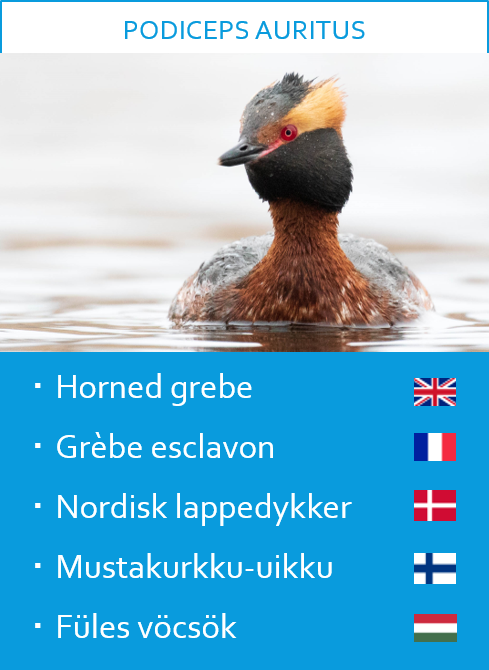
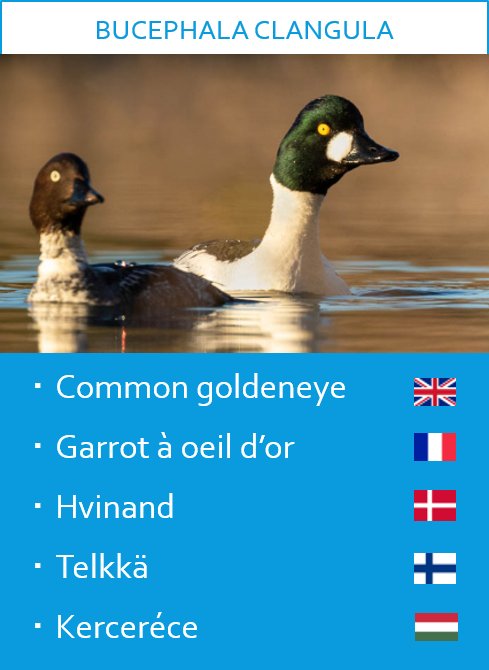
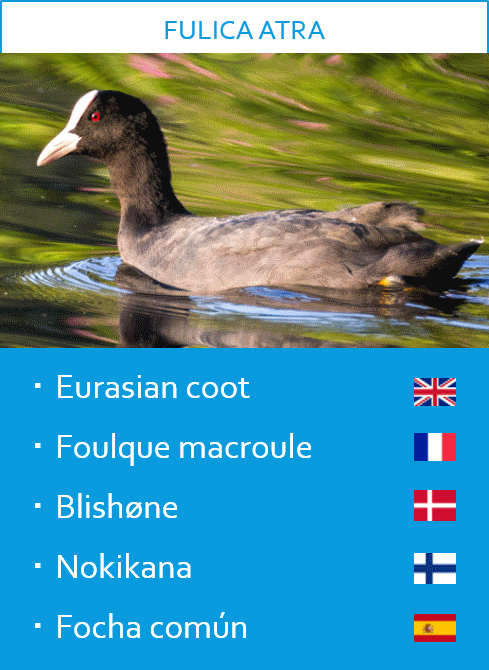
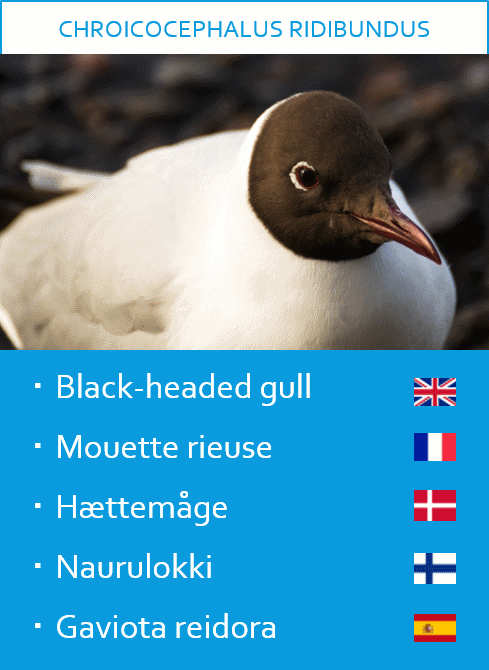
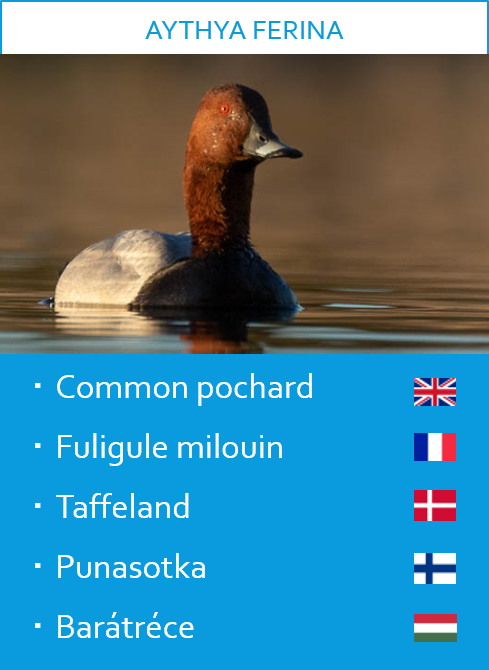
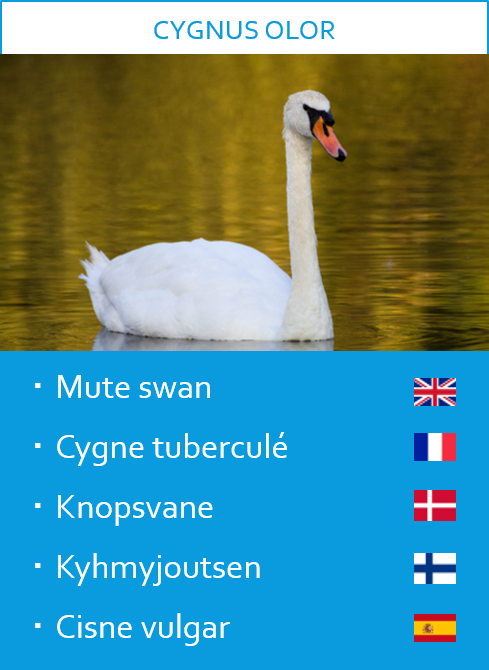

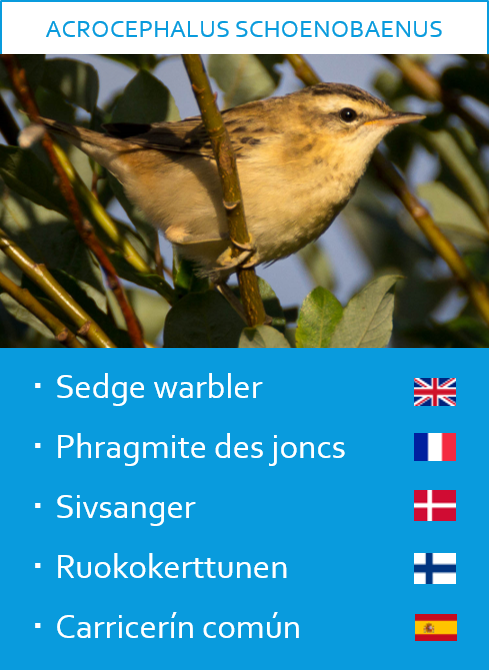

Absolutely stunning photo’s, Samuel! This is really worldclass!! Wonderful article. Prizewinning!
LikeLiked by 1 person
Thank you =) !!!
LikeLiked by 1 person
Spectacular images, love the water level view you were able to shoot. Great compositions throughout too!
LikeLiked by 1 person
Thank you Donna, I worked hard for that! 🙂 I’m happy you like them
LikeLiked by 1 person
Superb photos, Samuel. Enjoy your trip away.
LikeLiked by 1 person
I’ve come back! I might be slightly late replying to my comments… oh well.
Thank you Eliza 🙂
LikeLiked by 1 person
You are the master! BBC next or National Geographic.
LikeLiked by 1 person
Ahah I’m not sure ^^
LikeLike